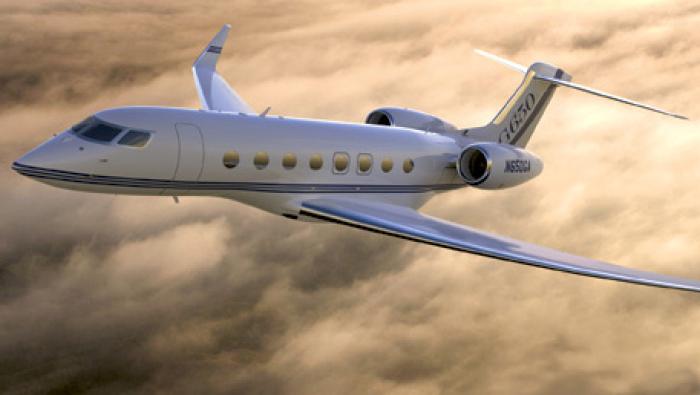While it is hard to believe, next year will mark almost 15 years since the Indian Air Force (IAF) embarked on a process to procure a new fighter. It will also be eight years since the force selected the Dassault Rafale for its Medium-Multirole Combat Aircraft (M-MRCA) program—a selection that was eventually not carried through to a license-production run as originally planned.
The M-MRCA effort was planned for a procurement of 126 fighters by the IAF with an option for 63 additional units. All but 18 of these aircraft were to be license-assembled in India on a Hindustan Aeronautics Ltd (HAL) production line. In 2012, India eventually selected the Dassault Rafale from a competition that included Russia’s Mikoyan MiG-35, the Saab JAS-39E from Sweden, the Eurofighter, and both the Boeing F/A-18E/F Super Hornet and a developed version of the Lockheed Martin F-16. The latter two are U.S. products.
Replacement Crisis
However, in “winning a competition” such as this, a French industry official told AIN, “you do not really ‘win’ anything. What you supposedly win is the right to then sit down and negotiate a contract—and if you cannot come to some agreement, then you get nothing after having spent tens of millions [of dollars] for all the years it takes to bid a major program in a place like India.”
By 2015 the two sides had not come to an agreement on localized production, and in 2016 the new government of prime minister Narendra Modi ordered 36 Rafales “off-the-shelf,” the first of which has already been officially handed over to India. Seven of the aircraft should be delivered to the IAF between April and May 2020.
This, however, still leaves the force woefully short of the force levels it says are needed to meet New Delhi's national security requirements. There is still no suitable replacement for the older (but modernized) MiG-21 Bison aircraft in service.
There is also no solution to address the gap created by the 2018 Indian decision to withdraw from the HAL/Sukhoi joint program with Russia for a Future Generation Fighter Aircraft (FGFA) program. India was to have purchased 127 of this aircraft, which would have been a heavily-modified version of the Sukhoi Su-57. After an IAF inspection of one of the program’s prototypes, the force was calling for 43 major changes to the design to correct what it saw as deficiencies with the original configuration.
Version 2.0
The consequence is that India—after some twists and turns—is on a path to issue another tender for what will be at least 100 of some aircraft to fill the void created by these developments. Originally, the program was to have been a competition for only single-engine airplane designs, which would have limited the competition to the JAS-39 and the F-16. The latter has now been re-christened the “F-21,” due to all of the changes that have been made to the design to accommodate Indian requirements.
One of the changes was to add a probe-and-drogue refueling option in addition to the traditional USAF flying boom refueling method.
This “single-engine only” competition was then widened to allow all of the twin-engine aircraft that participated in the original M-MRCA tender—with Russia’s Sukhoi Su-35 now also thrown into the mix. This has prompted more than one observer to dub the still-officially unannounced re-running of the tender as “M-MRCA ver 2.0.”
Needed: A Shorter Acquisition Cycle
What makes this impending competition all the more critical for India’s future defense posture is that the next-generation of aircraft carriers that will be coming online with the Indian Navy that will require a force of CATOBAR (catapult-assisted take-off barrier-arrested recovery) fighter aircraft. Both the Rafale-M and Boeing’s Super Hornet are available for this mission and Saab has a design for a carrier-capable Maritime Gripen variant of the JAS-39E on the shelf that can be realized within a short time frame.
What remains to be seen is whether or not a new tender can be carried out without making it a repeat of the arduous seven-year process that the original M-MRCA turned out to be. Suggestions had been made last year that a new tender could be carried out without an extensive set of flight trials to shorten the evaluation and down-select cycles.
While there is no agreement on which aircraft type or types fit the requirements of both the IAF and the Indian Navy, there are numerous observers both inside and outside of India who disparage the manner in which the selection of a new fighter type has been carried out.
“As it stands now, the methodology for buying a new fighter is an objectively dysfunctional process,” said one Indian aerospace expert. “The problem is that it will never change as long as the OEMs keep rewarding those who propagate that process without demanding that it change.”







